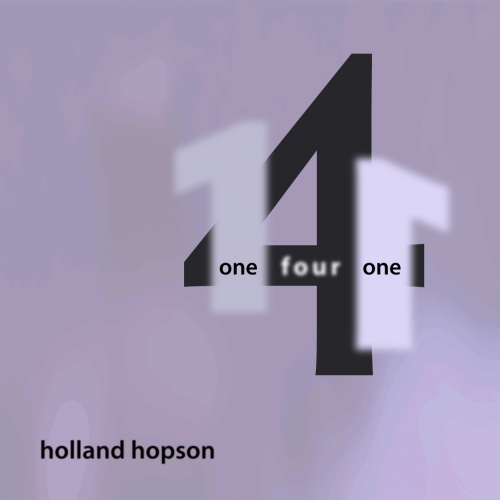Here are live recordings of my set from November’s show at 51 3rd Street that also included performances by Keir Neuringer and Rambutan (Eric Hardiman). It’s an eclectic set beginning with a slightly dysfunctional performance of
[audio:111129_01_everyone_looks_to_the_sky.mp3]
Everyone Looks to the Sky
No one but me would know that the computer is responding to my playing differently than anticipated. Such is the fun of interactive computer music: you just have to work with it, ride with it, fight it, respond to the moment, change your plans. In this case, the conception of the piece is already so circumscribed that the content of the work is hardly changed, though the form is clearly different–and maybe more dramatic as a result.
[audio:111129_02_batak_batak.mp3]
Batak Batak
A recent binge of Indonesian music led me to dust off this piece. I never felt I had worked out the sax part enough when the piece was new, which might account for why I shelved it. Revisiting the piece, I discovered very few indications of what I had intended for the sax part–little more than a scribbled microtonal scale. There’s clearly still work to do here, but I’m less bothered than I might have been in the past by the elliptical playing.
[audio:111129_03_east_virginia.mp3]
East Virginia
This has become one of my go-to banjo pieces; a surefire way to find my place on the instrument.
[audio:111129_04_curlew.mp3]
Curlew
A brand-new piece getting its first public airing. I learn so much by performing new material and can’t wait to revise this tune as a result. Yet another song with bird imagery (YASWBI).





 I’m prepping for my upcoming Australia visit and getting more and more excited about the trip. I’ll be participating in the
I’m prepping for my upcoming Australia visit and getting more and more excited about the trip. I’ll be participating in the 